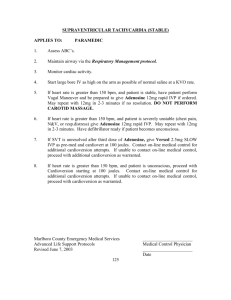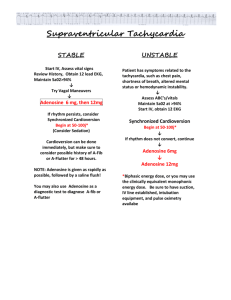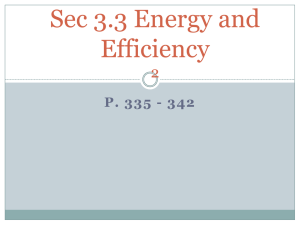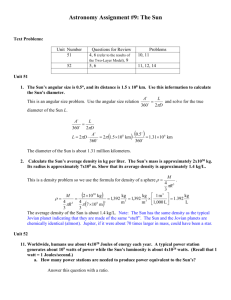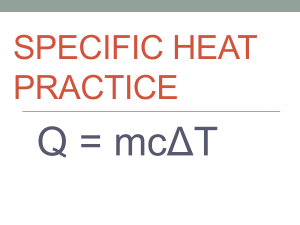SNI VALLEY FIRE PROTECTION DISTRICT Medical STANDARD
advertisement
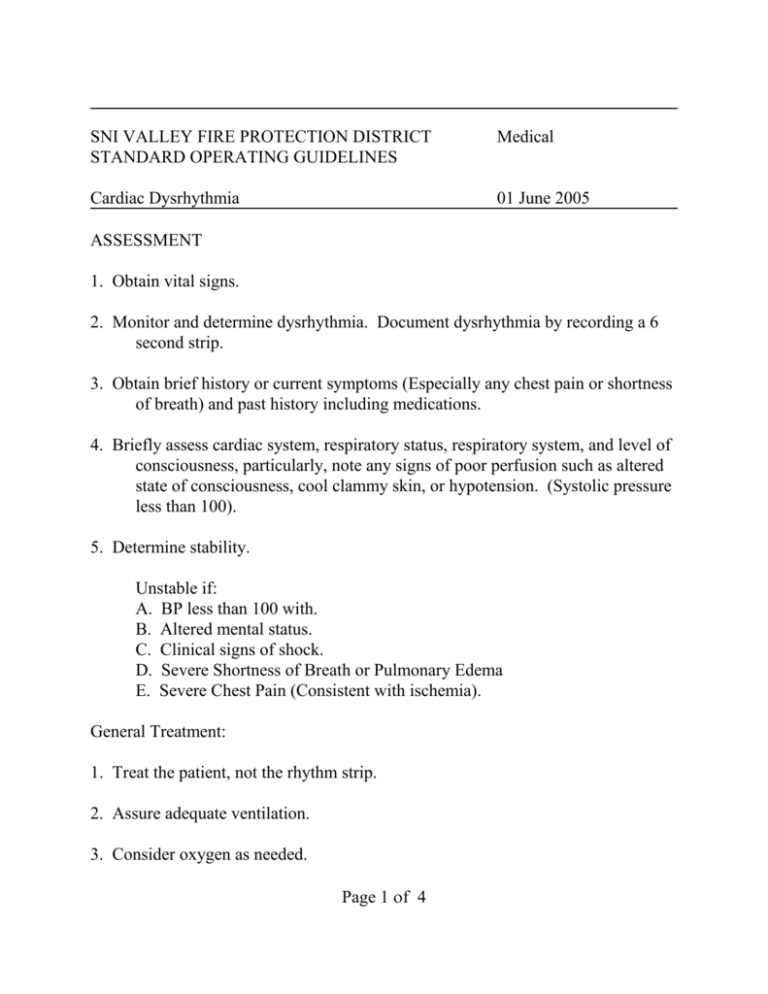
SNI VALLEY FIRE PROTECTION DISTRICT STANDARD OPERATING GUIDELINES Medical Cardiac Dysrhythmia 01 June 2005 ASSESSMENT 1. Obtain vital signs. 2. Monitor and determine dysrhythmia. Document dysrhythmia by recording a 6 second strip. 3. Obtain brief history or current symptoms (Especially any chest pain or shortness of breath) and past history including medications. 4. Briefly assess cardiac system, respiratory status, respiratory system, and level of consciousness, particularly, note any signs of poor perfusion such as altered state of consciousness, cool clammy skin, or hypotension. (Systolic pressure less than 100). 5. Determine stability. Unstable if: A. BP less than 100 with. B. Altered mental status. C. Clinical signs of shock. D. Severe Shortness of Breath or Pulmonary Edema E. Severe Chest Pain (Consistent with ischemia). General Treatment: 1. Treat the patient, not the rhythm strip. 2. Assure adequate ventilation. 3. Consider oxygen as needed. Page1f4 4. Consider appropriate IV therapy. 5. Contact medical control as appropriate. 6. Monitor rhythm and vital signs en route. SPECIFIC DYSRHYTHMIAS Tachydysrhythmias 1. Paroxysmal Supraventricular Tachycardia (PSVT--Narrow, regular complexes) Stable A. Treat as under "General Treatment" B. Consider Vagal maneuver C. Consider Adenosine 1st dose 6mg 2nd dose 12mg 3rd dose 12mg D. If no change with Adenosine Consider Verapamil 1st dose 2.5-5.0 mg 2nd dose 5.0-10 mg Unstable A. Treat as under "General Treatment" B. Consider Valium slow IV push for sedation if patient is awake and cardioversion is planned. (Valium maybe administered without an order up to 4 mg for cardioversion) C. Consider Synchronized Cardioversion (is seldom needed for HR less than 150) 1st Attempt: 0.5 Joules/Kg (120 J maximum) 2nd Attempt: 1 Joules/Kg (150 J maximum) 3rd Attempt: 2 Joules/Kg (170 J maximum) th 4 Attempt: 3-4 Joules/Kg (200 J maximum) D. Consider Adenosine 1st dose 6mg 2nd dose 12mg 3rd dose 12mg E. If no change with Adenosine Consider Verapamil 1st dose 2.5-5.0 mg 2nd dose 5.0-10 mg Ventricular Tachycardia (VT regular, wide complexes) Page2f4 1. If no pulse, treat as Ventricular Fibrillation. 1st Attempt: 0.5 Joules/Kg (120 J maximum) 2nd Attempt: 1 Joules/Kg (150 J maximum) 3rd Attempt: 2 Joules/Kg (170 J maximum) th 4 Attempt: 3-4 Joules/Kg (200 J maximum) 2. Stable A. Treat as under "General Treatment" B. Consider Lidocaine 1.0-1.5 mg/kg slow IV push every 5 to 10 minutes until VT resolves or to a maximum dose of 3 mg/kg C. Consider Amiodarone 150 mg IV bolus over 10 minutes D. Consider Procainamide 20 mg/min to a max of 17 mg/kg E. Consider IV slow IV push for sedation if cardioversion is planned and the patient is awake/conscious. (Valium maybe administered without an order up to 4 mg for cardioversion) F. If unsuccessful, consider synchronous cardioversion. 3. Unstable A. Treat as under "General Treatment" B. Consider slow IV push for sedation if cardioversion is planned and the patient is awake/conscious. (Valium maybe administered without an order up to 4 mg for cardioversion) C. Consider unsynchronized cardioversion, if unable to perform a synchronized cardioversion. 1st Attempt: 0.5 Joules/Kg (120 J maximum) 2nd Attempt: 1 Joules/Kg (150 J maximum) 3rd Attempt: 2 Joules/Kg (170 J maximum) th 4 Attempt: 3-4 Joules/Kg (200 J maximum) D. If successful, consider Lidocaine as 1.0-1.5 mg/kg slow IV bolus, followed by the appropriate Lidocaine drip. E. If Lidocaine is unsuccessful consider Amiodarone 150 mg IV bolus over 10 minutes F. If Amiodarone is unsuccessful consider Procainamide 20 mg/min to a max of 17 mg/kg Page3f4 Bradydysrhythmias 1. Stable A. Treat as under "General Treatment" 2. Unstable-Heart Block First and Second degree. A. Treat as under "General Treatment" B. Consider Atropine 0.5 mg slow IV push, may repeat every 3-5 minutes up to a total of 0.04 mg/kg C. Consider external pacemaker. D. Consider Dopamine 5-20 ug/kg per minute E. Consider Epinephrine 2 to10 ug/min (add 1mg of 1:1,000 to 500 cc of NS; infuse at 1 to 5 ml/min) Type III Heart Block (unstable) go direct to pacing and if patient is hemodynamically stable, administer up to 4 mg of valium prior to pacing without an order. Normal Rate (over 60 bpm) 1. Premature Ventricular Contractions (In the setting of a probable acute myocardial infarction and patient is symptomatic). A. Consider Lidocaine 1.0 to1.5 mg/kg Slow IV push, maximum of 3 mg/kg B. If unresolved, consider Procainamide 20 mg/min, up to 17 mg/kg, or until no ectopy, QRS widens more than 50% of original width, or hypotension develops. C. Once ectopy is resolved, consider infusion of agent which suppressed the dysrhythmia. (Lidocaine 1-4 mg/min; Procainamide 1-4 mg/minute) NOTE: All doses of Lidocaine should be reduced by one half in patients with hypotension, acute CHF, impaired liver function, renal failure, or over 70 years old. Page4f4
